
While the whiskery face of a grey seal popping out of our coastal waters will always remain a delight to spot, in no way could this fleeting view be labelled a ‘spectacle’. For the real seal deal you should instead head to a select number of beaches around our coastline, which at this time of year play host to an astonishing annual fiesta of synchronised pupping, before the boorish bulls then gate-crash the party with just one thing on their minds: mating again.
One of just two pinnipeds breeding along our coastline, the other being the common (or harbour) seal, it is ironically the grey seal that is more abundant. Greys were originally thought to have bred across the entire northern Atlantic until the end of the last Ice Age, when the population was effectively split between the east and west sides of the ‘pond’. And with Britain holding the majority of the eastern stock of seals, our convoluted coasts host about 45 per cent of the entire world population during the breeding season.
The mass production of grey seal pups is very much an autumnal phenomenon. Having spent the previous nine months fattening up out at sea, the pupping season kicks off when the first pregnant females begin hauling themselves up the beach. Favoured birthing spots tend to be both smooth and sandy, and anywhere from above the high-tide line to in amongst sand dunes several hundred metres from the water’s edge.
Denne historien er fra November 2021-utgaven av BBC Wildlife.
Start din 7-dagers gratis prøveperiode på Magzter GOLD for å få tilgang til tusenvis av utvalgte premiumhistorier og 9000+ magasiner og aviser.
Allerede abonnent ? Logg på
Denne historien er fra November 2021-utgaven av BBC Wildlife.
Start din 7-dagers gratis prøveperiode på Magzter GOLD for å få tilgang til tusenvis av utvalgte premiumhistorier og 9000+ magasiner og aviser.
Allerede abonnent? Logg på

SNAP-CHAT
Justin Gilligan on giant spider crabs and holding hands with an octopus
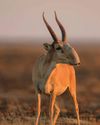
STEPPE CHANGE
Herds of saiga have returned to Kazakhstan, but there's a fine balance to tread
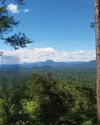
TREES FOR LIFE
Community is at the heart of conservation in the tropical forests of southern Belize
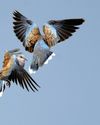
WHEN DOVES CRY
Turtle doves are now the UK's fastest declining bird species, but the RSPB is on a mission to save them

SURVIVAL OF THE CUTEST
We can't help being drawn to cute creatures, but our aesthetic preferences both help and hinder conservation

LIGHT ON THE NORTH
Spectacular images of Arctic foxes, reindeer and musk oxen reveal the wild beauty and diversity of Scandinavia

ROLLING IN THE DEEP
The super-sized crustacean that lives in the deepest, darkest ocean
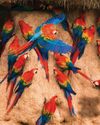
LET'S GET TOGETHER
Clay licks deep in the Amazon explode in a riot of colour, with macaws the stars of the show

FEMALE OF THE SPECIES
To sponge or not to sponge? That is the question for the bottlenose dolphins (Tursiops aduncus) living in Shark Bay, Western Australia.
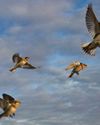
7 nature encounters for the month ahead
WITH NATURALIST AND AUTHOR BEN HOARE